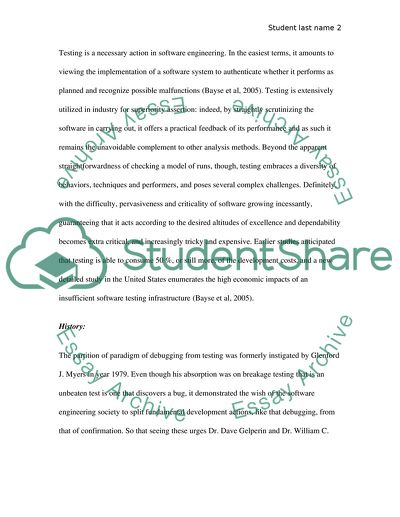Cite this document
(Importance of Testing in Software Engineering Research Paper, n.d.)
Importance of Testing in Software Engineering Research Paper. Retrieved from https://studentshare.org/information-technology/1717585-research-method
Importance of Testing in Software Engineering Research Paper. Retrieved from https://studentshare.org/information-technology/1717585-research-method
(Importance of Testing in Software Engineering Research Paper)
Importance of Testing in Software Engineering Research Paper. https://studentshare.org/information-technology/1717585-research-method.
Importance of Testing in Software Engineering Research Paper. https://studentshare.org/information-technology/1717585-research-method.
“Importance of Testing in Software Engineering Research Paper”, n.d. https://studentshare.org/information-technology/1717585-research-method.


